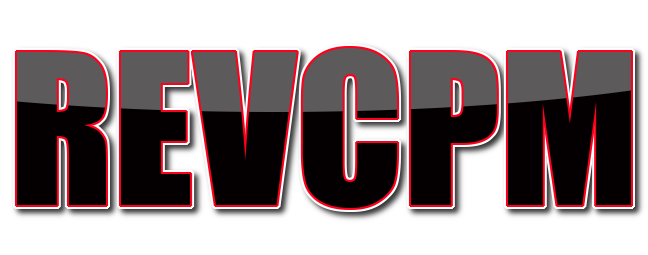While native advertising may offer a few advantages for publishers, it also comes with major disadvantages if you’re trying to build a high overall CPM. Here are some potential drawbacks of native advertising for publishers to consider:
Potential Loss of Trust: Native advertising involves blending sponsored content with editorial content, making it sometimes difficult for users to differentiate between the two. If not clearly labeled as sponsored, it can erode the trust of users who may feel deceived or misled. This can impact the credibility of the publisher and its relationship with its audience.
Balancing User Experience: Native ads should seamlessly integrate with the user experience, but striking the right balance can be challenging. If the native ads become too intrusive, disruptive, or overpower the organic content, it can negatively impact the user experience. Publishers need to carefully design and position native ads to maintain a positive user experience without compromising content integrity.
Potential for Confusion: When native ads closely resemble the design and format of the platform’s content, users may confuse them with organic content. This can lead to unintended clicks, unintentional engagements, or confusion about the source of the information. It’s important for publishers to clearly differentiate native ads from organic content to avoid user confusion.
Limited Control over Advertiser Content: Publishers may have limited control over the specific content and creative elements of native ads. Advertisers often have their own messaging and creative requirements that need to align with the publisher’s guidelines. Publishers may need to strike a balance between satisfying advertiser expectations and ensuring the integrity and relevance of their content.
Potential for Ethical Concerns: Native advertising raises ethical concerns related to transparency, disclosure, and potential conflicts of interest. Publishers need to be transparent about sponsored content, clearly label it as advertising, and ensure that it doesn’t compromise editorial independence or integrity. Failing to address these concerns can damage the publisher’s reputation and user trust.
Revenue Dependence: Publishers who heavily rely on native advertising as a revenue stream may face challenges if advertiser demand fluctuates or if they fail to attract sufficient advertisers. Diversifying revenue sources and maintaining a balance between native ads and other revenue models can help mitigate this risk.
Clickbait: Despite being labelled as ‘Related Content’, Native Ad networks amend the titles and taglines of the articles for more clicks and more revenue with little afterthought for the user. Nor is it in anyway related to the content you have produced. The clickbait normally sends the user to a page primarily used to sell the user something likely to be a fad rather than a reputable product or brand.
It’s important for publishers to carefully consider these disadvantages and develop strategies to address them effectively. Transparency, clear labeling, maintaining a positive user experience, and adhering to ethical guidelines are essential to mitigate the potential drawbacks of native advertising and build trust with the audience.

